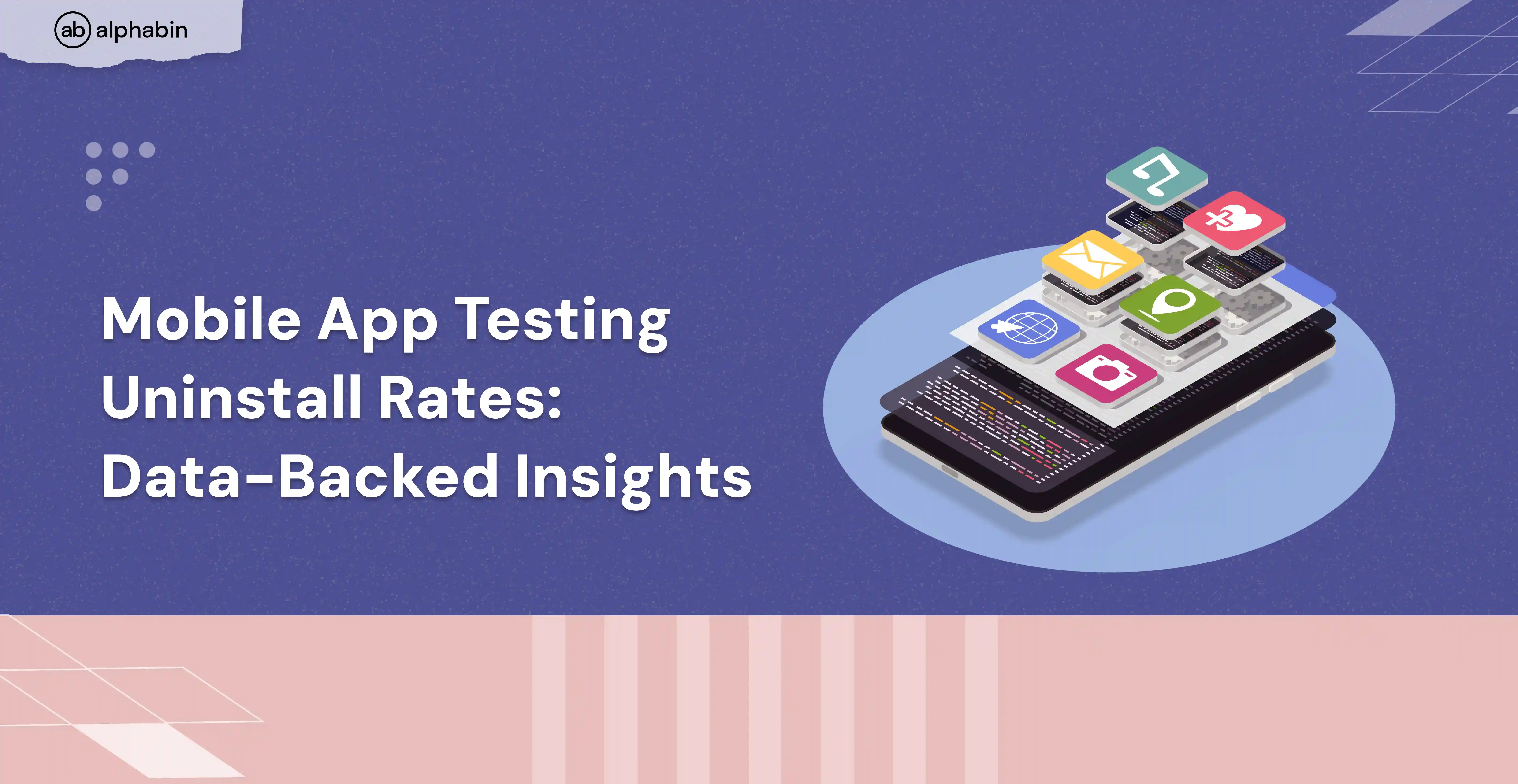As mobile devices are evolving so are the applications inside those devices. The mobile apps are becoming more complex, more user-friendly, and more integral to our daily lives. However, this rapid pace of development poses a unique challenge - how to deliver these apps swiftly without compromising on quality? This is where the CI/CD workflow steps in.
What is CI/CD Workflow for mobile testing and why is it important?
CI/CD, or Continuous Integration and Continuous Deployment, is a methodology used in software development that revolves around the idea of making small, incremental changes, which are tested and integrated regularly.
In the context of mobile testing, CI/CD is a workflow that is designed to ensure that an application is always in a releasable state.
Why is it important?
The importance of CI/CD in automation testing stems from the unique challenges posed by the mobile application landscapes. Here are some key points that highlight its importance:
Keeping pace with mobile evolution
Mobile devices and operating systems are constantly evolving. CI/CD allows mobile app development to keep pace with the rapid evolution by enabling frequent updates.
Efficiency in development process
Mobile app development involves numerous stages - from coding to testing, from integration to deployment. CI/CD streamlines these processes, making the development workflow efficient.
Maintaining standards of quality
With the multitude of mobile devices and screen sizes, maintaining a consistent experience becomes challenging. Integrating CI/CD for multiple devices makes this challenge a child’s play.
Meeting expectations of stakeholders
There are numerous stakeholders involved - from developers and testers to project managers and clients. CI/CD helps in meeting the expectations of all these stakeholders by aligning with their expectations and project objectives.
Benefits of CI/CD for mobile testers
After understanding the importance of CI/CD in mobile testing or testing in general, let’s understand how it is beneficial for mobile testers.
Reduced manual effort
Repetitive tasks such as setting up the testing environment, running regression tests, etc., are automated, reducing the manual effort required from mobile testers.
Improved test coverage
When we combine CI/CD with automated testing, we can improve the test coverage by enabling mobile testers to run more tests in less time, including complex scenarios that might be time-consuming to test manually.
Efficient resource utilization
CI/CD allows mobile testers to run tests in parallel on different devices or emulators, making optimal use of resources and reducing the overall testing time.
Minimal human error
Automating the repetitive tasks will not only help you achieve daily execution but also remove the human error factor, since it’s fully automated.

Role of CI/CD in automation testing
Continuous integration and development has several roles in terms of mobile testing, let’s take a look into what they are:
Code integration
Developers are constantly making changes to the code. Integrating these code changes frequently into a shared repository. This continuous integration ensures the codebase remains up-to-date and ready for the next stages.
Automated builds
After each code integration, CI/CD automatically builds the mobile application, ensuring that the mobile application is always in a state that’s ready for testing.
Automated testing
For each build, it triggers a series of automated tests, checking that any new change does not break the existing functionality of the mobile application. This ensures that the app is always in a healthy, releasable state.
Deployment automation
Once the mobile application has been built and tested, CI/CD ensures that it’s smoothly deployed to the production environment, ready to be delivered to the end-users.
Step-by-step CI/CD Integration guide
Now that you know various roles and benefits of CI/CD, if you are a beginner or returning automation enthusiast, follow our step-by-step guide on continuous integration with one of the popular and preferred tool Jenkins.
- Install Jenkins: Jenkins can run on your local machine where you’ll be testing the mobile application.
- Create a new job: This job will be specifically for running your automated tests for your mobile application.
- Configure source code management: In the job configuration page, go to the ‘Source Code Management’ tab. Here, you can specify where your source code resides. If you’re using Git, enter the repository URL.
- Set up the build trigger: In the “Build Triggers” section, you can specify when Jenkins should run your job.
If you want Jenkins to run regression tests at regular intervals, select ‘Build periodically’ and set a schedule. - Configure the build: In the ‘Build’ section, you can specify the commands that Jenkins should run to execute your regression tests.
- Save and Run: Once you’ve configured your job, click ‘Save’. You can now run your job manually from the Jenkins dashboard, or it will run automatically according to your build trigger.
Conclusion
In conclusion, as mobile applications continue to evolve in complexity and user expectations, the role of Continuous Integration and Continuous Deployment (CI/CD) in mobile testing becomes increasingly critical.
As we move forward in the dynamic landscape of mobile app development, embracing CI/CD will undoubtedly be a key factor in delivering high-quality apps swiftly and efficiently.
Do you have any queries regarding continuous integration and deployment or mobile testing or testing in general? Contact us right this instant and get your doubts cleared.



.svg)









